With their immense volcanic craters, dramatic cliff faces, and "Lost World" waterfalls, it's no surprise that the Azores is dubbed the "Hawaii of the Atlantic". This string of nine Portuguese islands – São Miguel, Santa Maria, Terceira, Graciosa, São Jorge, Pico, Faial, Flores, and Corvo – is remarkably easy to reach, with regular nonstop flights from both sides of the Atlantic. Once you arrive, likely on the main island of São Miguel, an efficient system of inter-island flights and ferries can transport you further into an archipelago that mesmerizes at every turn, with each island offering unique experiences.
The Eastern Group of Islands
A world of jaw-dropping volcanic views and hot springs, this group includes the capital of the archipelago, Ponta Delgada.
São Miguel Island (The Green Island)
Must See
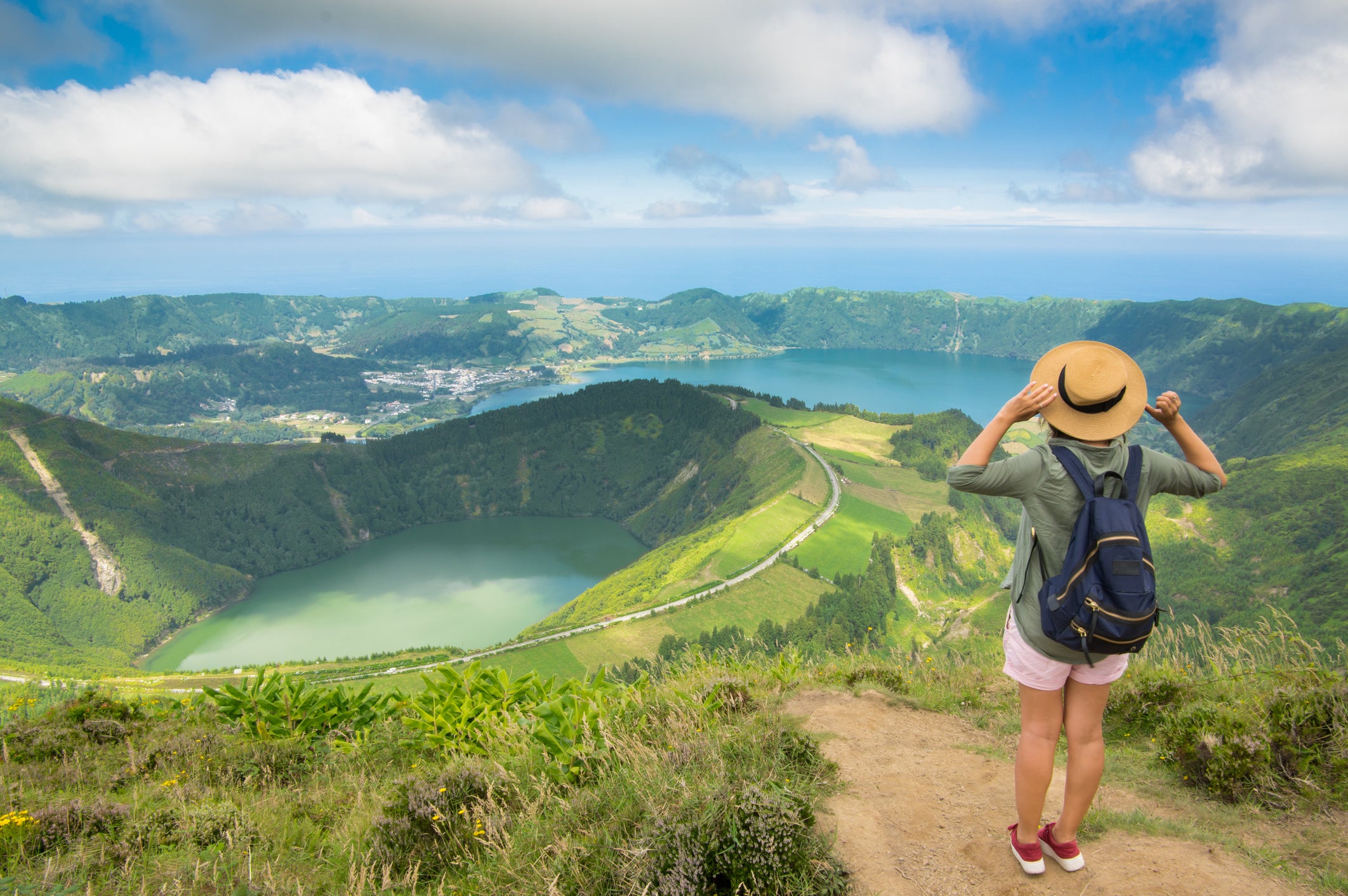 Iconic crater lakes: Perhaps the most iconic view in the Azores is Sete Cidades – beautiful twin lakes (one blue, one green) inside the largest volcanic crater on the island. Best viewpoints include Miradouro da Vista do Rei and Miradouro da Boca do Inferno. Numerous hikes and kayaking opportunities abound. Don't miss pristine Lagoa do Fogo (Fire Lake).
Iconic crater lakes: Perhaps the most iconic view in the Azores is Sete Cidades – beautiful twin lakes (one blue, one green) inside the largest volcanic crater on the island. Best viewpoints include Miradouro da Vista do Rei and Miradouro da Boca do Inferno. Numerous hikes and kayaking opportunities abound. Don't miss pristine Lagoa do Fogo (Fire Lake).
Must Do Take a hot dip: Visit Furnas village for rejuvenating soaks in geothermal springs rich in iron and minerals. Terra Nostra Park features a huge rust-colored pool, while Poça da Dona Beija offers smaller, intimate pools open until 11pm. Pro tip: wear dark swimwear to avoid stains. Visit a tea plantation: São Miguel hosts two commercial tea plantations in Western Europe – Chá Porto Formoso and Gorreana (founded in 1883). Explore the fields, taste teas, and learn from guides. Loll on a black-sand beach: Mosteiros Beach has jagged volcanic islets, Santa Barbara Beach offers epic surf, and Porto Formoso Beach provides tranquility with green cliffs. Ribeira Quente Beach has warmer waters from geothermal activity. Explore the capital: Ponta Delgada charms with triple-arched city gates, city hall clock tower, farmers' market, seaside promenade, and Forte de São Brás with the Military Museum. Go whale watching: Ponta Delgada is a hub for whale-watching trips, with up to 28 species frequenting Azorean waters.
Must Eat Natural ovens: Locals use geothermal heat to cook "cozido das Furnas" – a traditional meat and vegetable stew served at local restaurants. Pineapple perusal: Try Azorean pineapples, sweeter than mainland varieties. Visit Arruda Pineapple Plantation for free tours and pineapple mojitos.
Where to Stay Pedras do Mar Resort & Spa in Ponta Delgada offers 92 air-conditioned rooms, an outdoor infinity pool, and oceanfront views.
Santa Maria
Must See
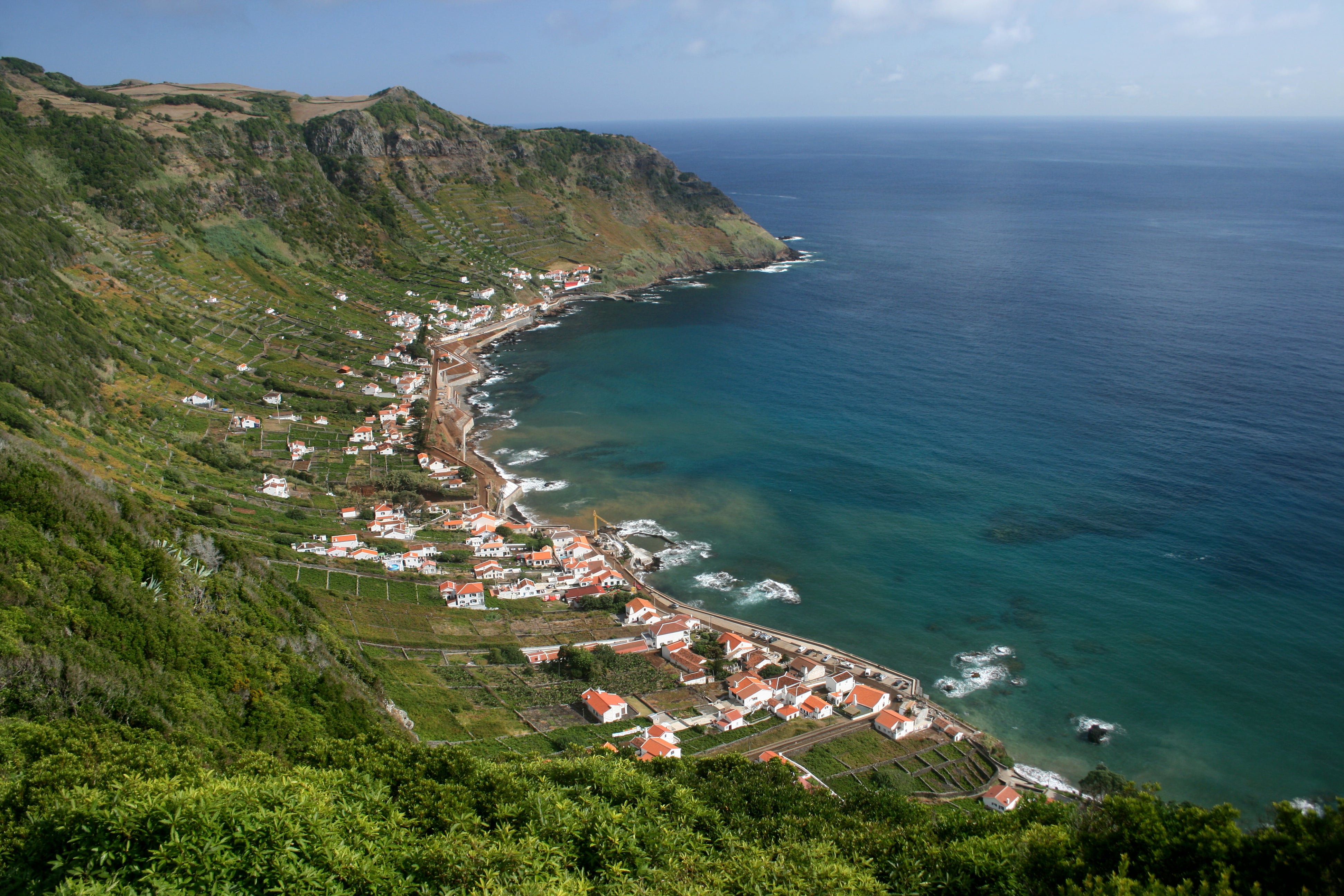 Barreiro da Faneca: Known as the "Red Desert of the Azores," this clay landscape feels like an alien planet.
Cascata do Aveiro: A 360-foot-tall waterfall, possibly Portugal's largest, cascades over a basalt cliff.
Barreiro da Faneca: Known as the "Red Desert of the Azores," this clay landscape feels like an alien planet.
Cascata do Aveiro: A 360-foot-tall waterfall, possibly Portugal's largest, cascades over a basalt cliff.
Must Do Explore Anjos Village: Where Christopher Columbus landed in 1493, with the Ermida de Nossa Senhora dos Anjos chapel remnants and photogenic whitewashed walls.
Where to Stay Charming Blue hotel features a beautiful pool and sea views.
The Central Group of Islands
Volcanic peaks, Unesco-listed vineyards, fine cheese, and mysterious caves define this group.
Terceira Island (The Lilac Island)
Must See
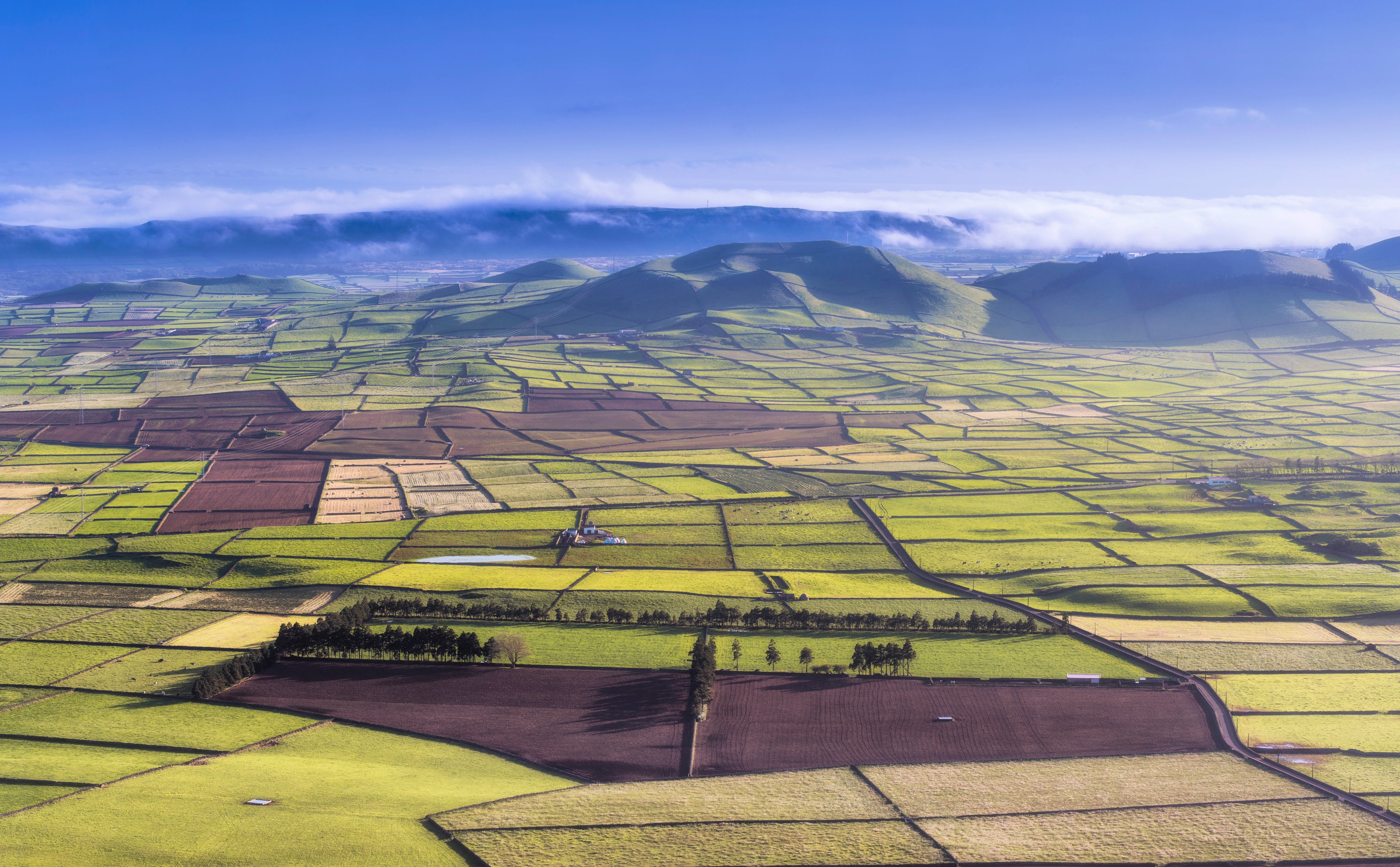 Terceira’s dreamy fields: From Serra do Cume Viewpoint, admire the spellbinding mosaic of green fields called Manta de Retalhos ("patchwork quilt").
Terceira’s dreamy fields: From Serra do Cume Viewpoint, admire the spellbinding mosaic of green fields called Manta de Retalhos ("patchwork quilt").
Must Do Visit a capital attraction: Explore Angra do Heroísmo, a Unesco World Heritage city rebuilt after a 1980 earthquake, with the 16th-century Fortress of Saint John the Baptist and hikeable Monte Brasil sea volcano. Swim in volcanic pools: Biscoitos bathing site on the north coast has natural pools in volcanic rock with clear water. Walk inside a volcano: Algar do Carvão is a volcanic chimney; check montanheiros.com for updates on access.
Where to Stay Pousada Forte Angra do Heroísmo, set within São João Batista Fortress, offers spectacular Atlantic views.
Pico Island (The Black Island)
Must See
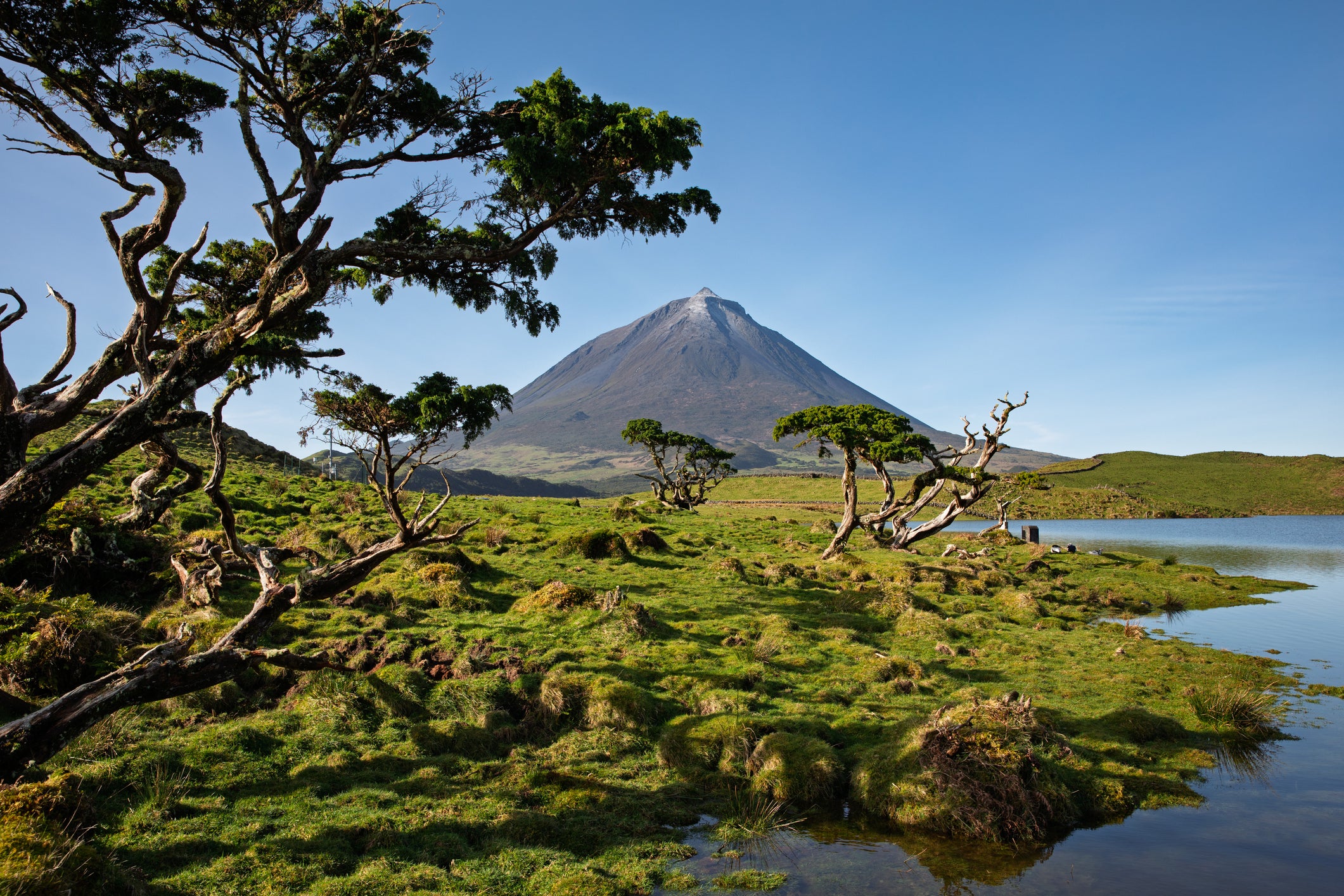 Unesco World Heritage-protected vineyard landscape: Thriving wine-making with vineyards separated by intricate black volcanic rock walls.
Unesco World Heritage-protected vineyard landscape: Thriving wine-making with vineyards separated by intricate black volcanic rock walls.
Must Do Climb Portugal’s highest mountain: Ascend Mount Pico (7,713 feet) for rewarding views.
Where to Stay Hotel Caravelas offers an outdoor pool and rooms with private balconies.
Faial Island (The Blue Island)
Must See
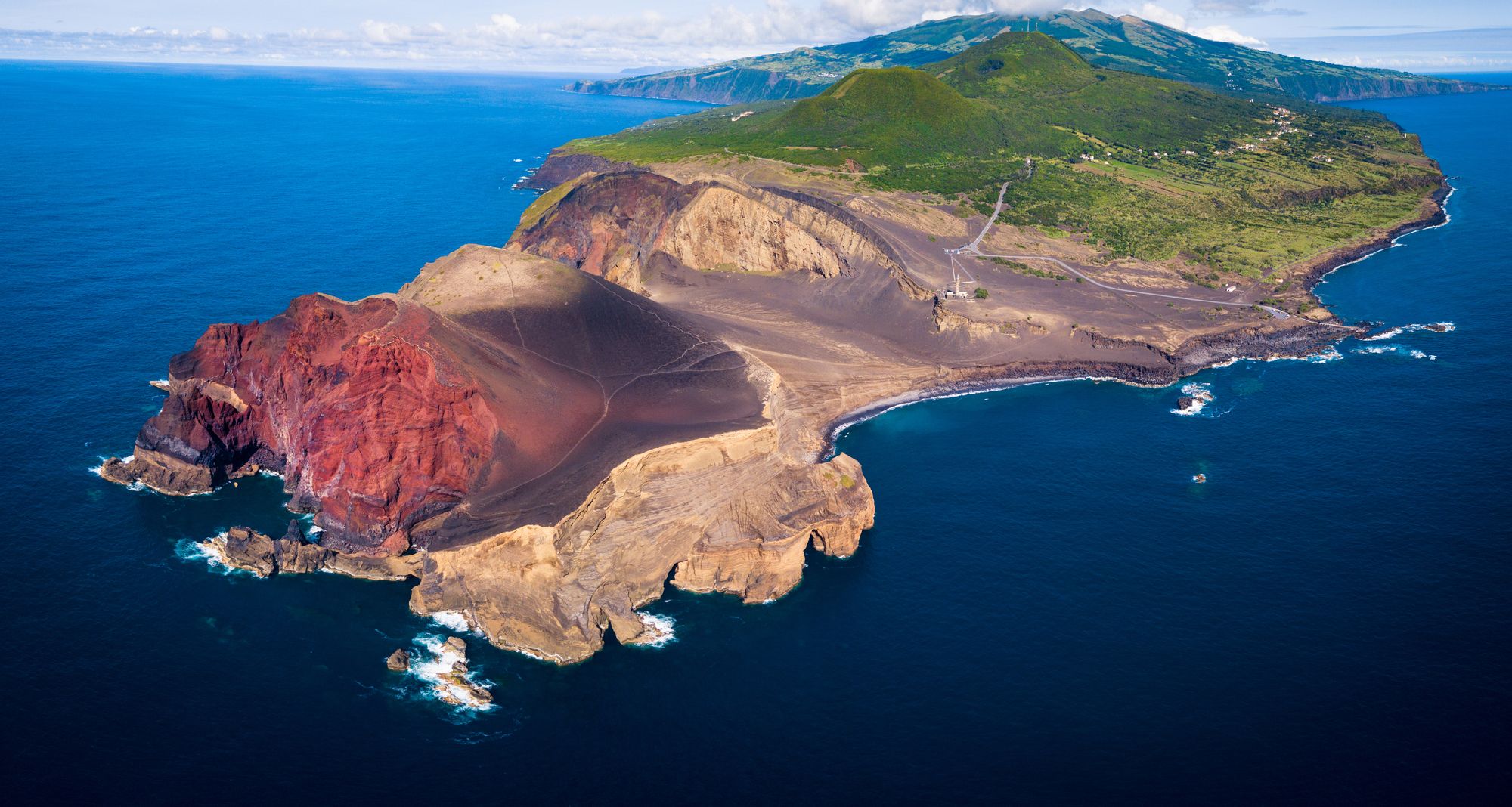 The eerie landscape formed by a volcano: Capelinhos volcano's 1957-58 eruption created a ghostly black landscape; visit the underground Interpretation center.
The eerie landscape formed by a volcano: Capelinhos volcano's 1957-58 eruption created a ghostly black landscape; visit the underground Interpretation center.
Must Do Hike the Caldeira do Faial: A four-mile trail around the rim offers spectacular views of the crater and Cabeço Gordo, Faial's highest point. Explore Horta: The capital has a cosmopolitan harbor with historic forts and Peter Café Sport, a beloved spot since 1918.
Where to Stay Quinta da Meia Eira offers sea views, fresh pastries, and a rooftop pool.
São Jorge Island
Must See
.jpeg) Fajãs (coastal platforms): Coastal plains formed by lava flows along rugged coasts.
Fajãs (coastal platforms): Coastal plains formed by lava flows along rugged coasts.
Must Do Swim in natural pools: Splash in lava pools near Fajã do Ouvidor. Eat cheese: Savor Queijo de São Jorge, famous for its peppery flavor from cows grazing on volcanic pastures.
Where to Stay Cantinho das Buganvilias has an infinity pool and rooms with private patios.
Graciosa Island (The White Island)
Must See
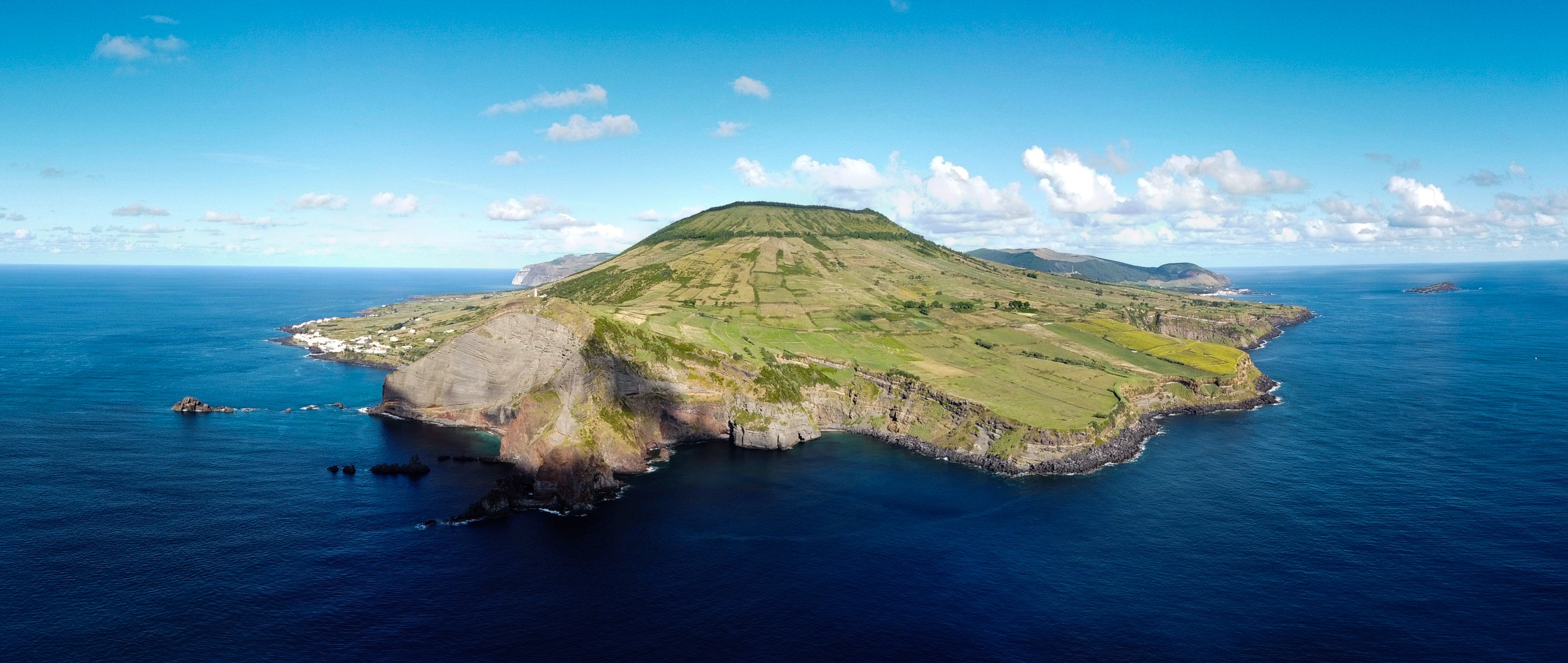 Furna do Enxofre (sulphur grotto): An immense lava cave with a dome-shaped roof, accessible via 183 steps.
Furna do Enxofre (sulphur grotto): An immense lava cave with a dome-shaped roof, accessible via 183 steps.
Must Do Carapacho Thermal Spa: Soak in warm mineral waters (97F-104F) rich in salts, used for treating joint and skin issues.
Where to Stay Hotel da Graciosa overlooks Porto da Barra Bay with an outdoor pool.
The Western Group of Islands
The most remote islands, known for dramatic cliffs and waterfalls.
Flores Island (The Flower Island)
Must See
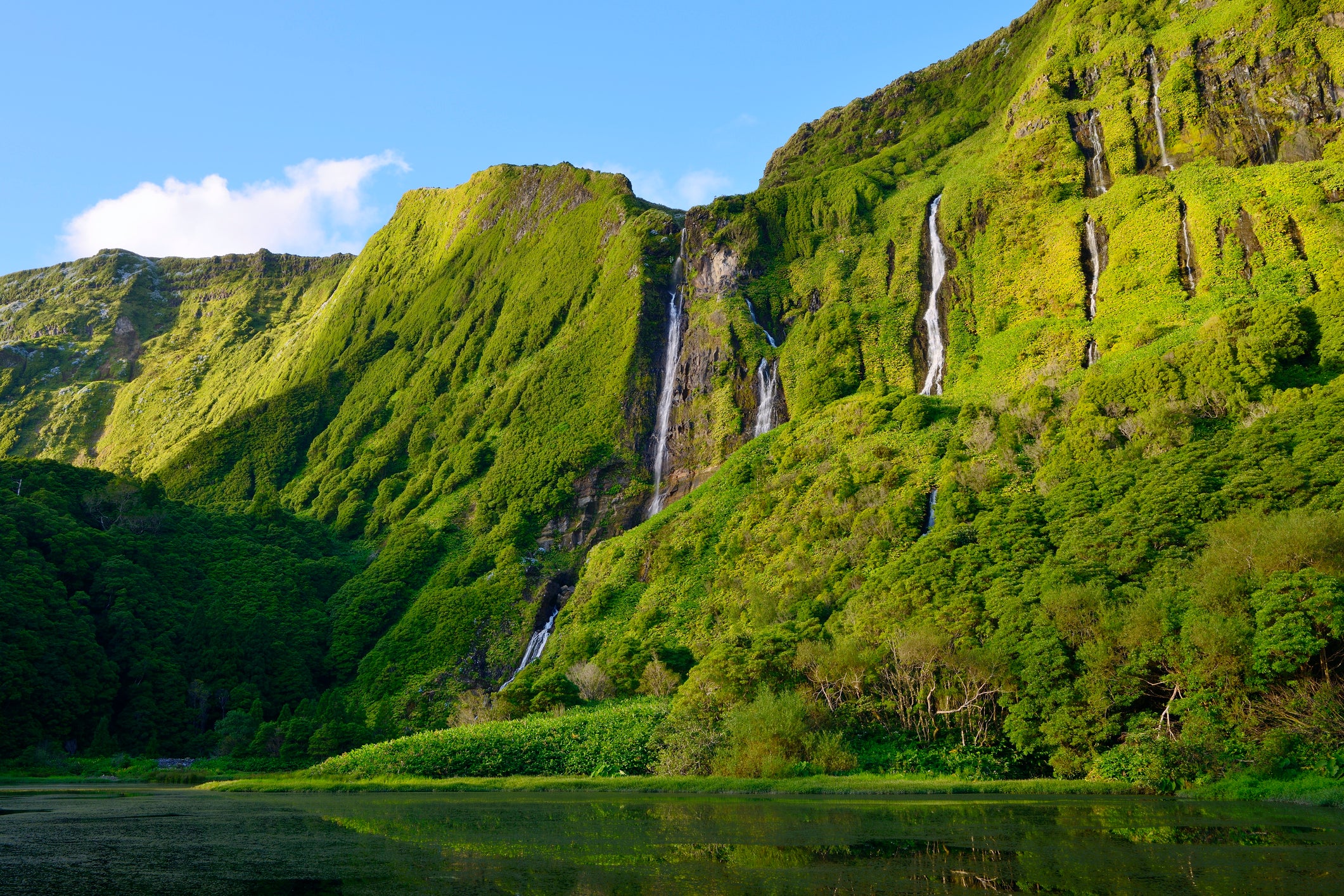 Ribeira do Ferreiro (Wall of Waterfalls): Ribbons of water cascade over a 500-foot volcanic cliff into a tranquil lagoon.
Crater sights: View Lagoa Funda and Lagoa Rasa from Miradouro Lagoas Rasa e Funda – one deep and mysterious, the other clear and serene.
Ribeira do Ferreiro (Wall of Waterfalls): Ribbons of water cascade over a 500-foot volcanic cliff into a tranquil lagoon.
Crater sights: View Lagoa Funda and Lagoa Rasa from Miradouro Lagoas Rasa e Funda – one deep and mysterious, the other clear and serene.
Must Do Explore Fajã Grande: A settlement bounded by 1,800-foot cliffs, considered one of Portugal's most beautiful. Go on a (short) road trip: The 55-square-mile island offers stunning views of cliffs, waterfalls, and valleys.
Where to Stay Sitio da Assumada is a short walk from the beach with private bathrooms.
Corvo Island
Must See
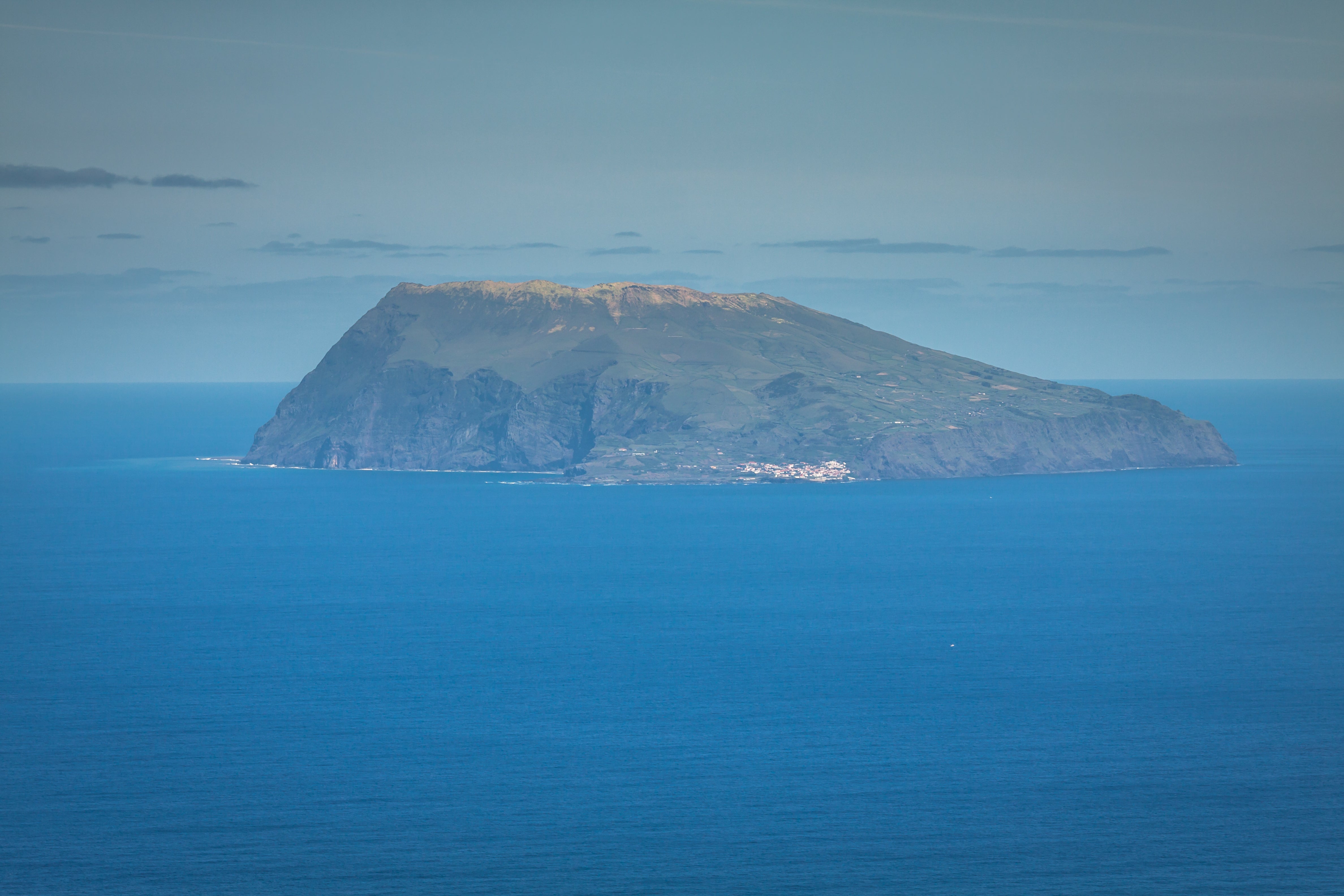 Caldeirão (Large Cauldron): An immense volcanic crater (1.4 miles across, 1,000 feet deep) with tiny cones, peat bogs, and lakes.
Caldeirão (Large Cauldron): An immense volcanic crater (1.4 miles across, 1,000 feet deep) with tiny cones, peat bogs, and lakes.
Must Do Explore Vila Nova do Corvo: The sole settlement with cobblestone streets and a population of a few hundred, framed by Caldeirão's cliffs.
Where to Stay Hotel Comodoro, near Corvo Airport, offers Wi-Fi, ensuites, and garden, sea, or mountain views.
How to Get to the Azores
Most flights from the U.S. and Canada arrive at Ponta Delgada on São Miguel or Lajes on Terceira, with direct routes from Boston, New York, Toronto, and Montreal. Inter-island flights by SATA Air Açores and ferries by Atlânticoline connect the islands. For short trips (3-5 days), focus on São Miguel and Santa Maria; for 7-8 days, add central islands like Terceira, Pico, Faial, and São Jorge; for 10-14 days, explore the entire chain including Flores and Corvo.

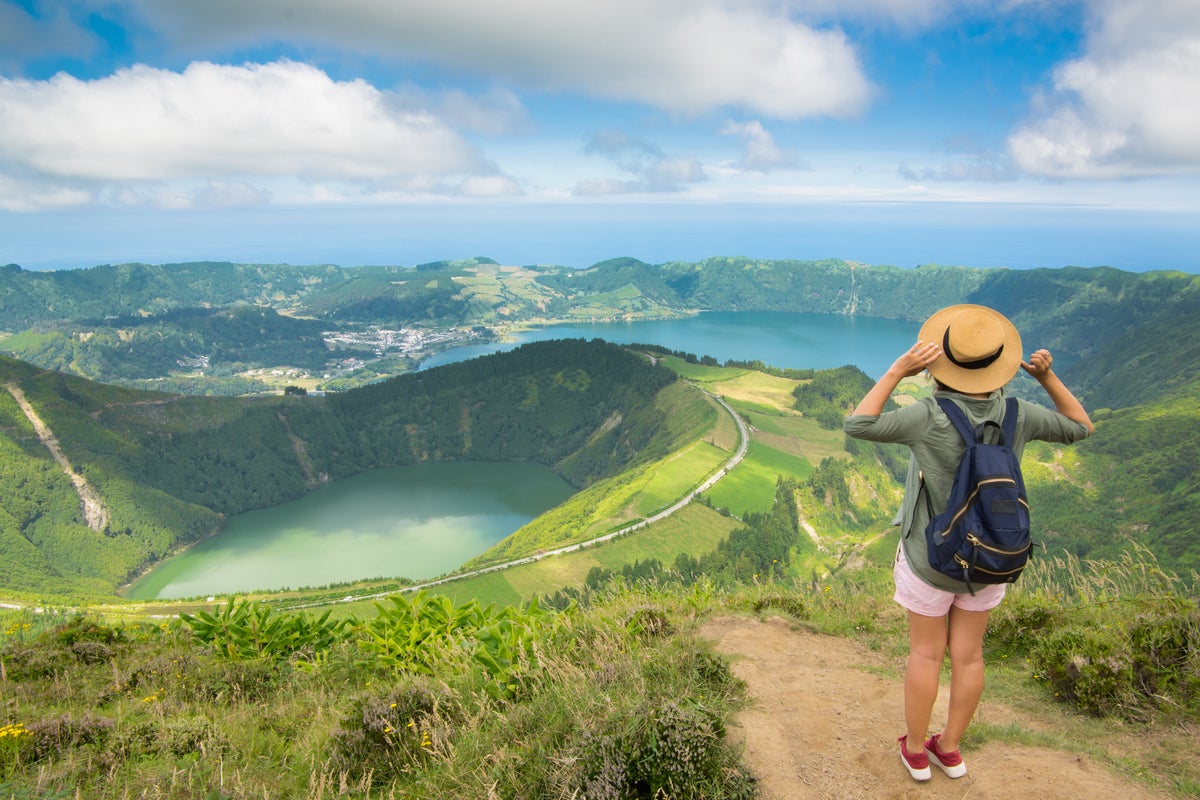

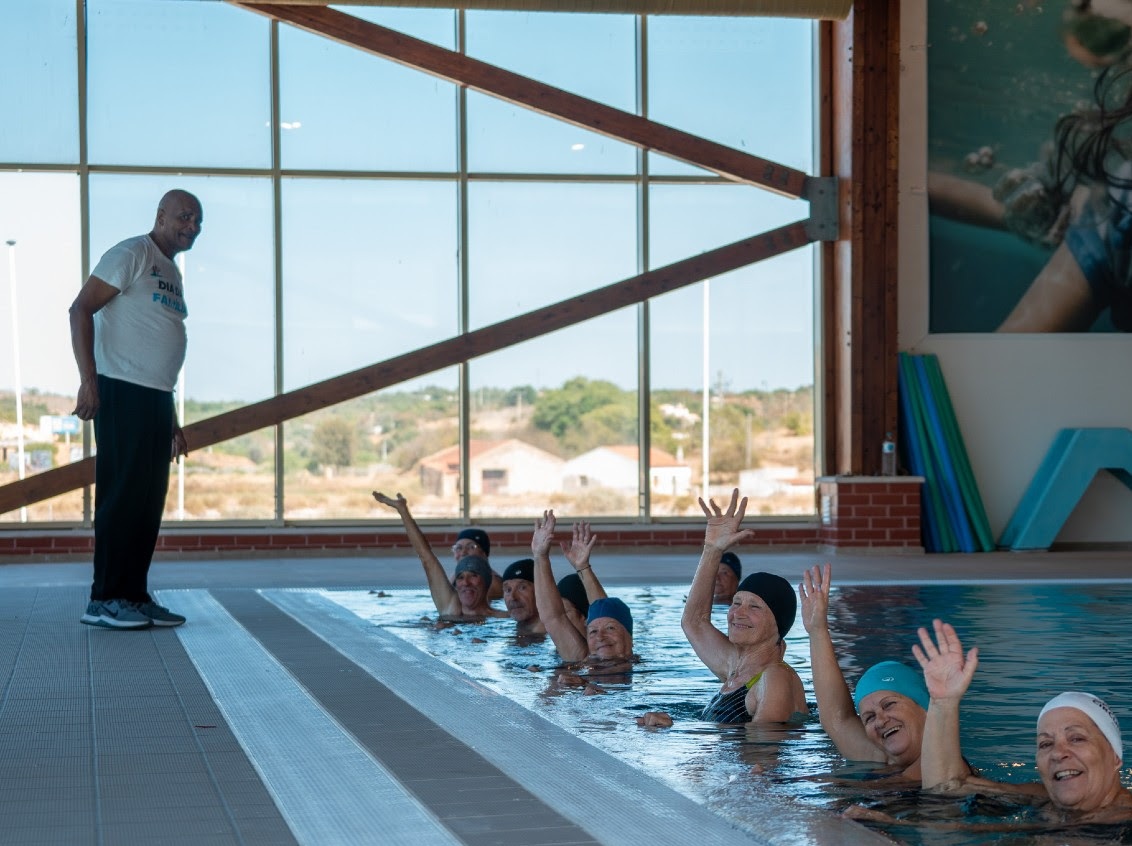



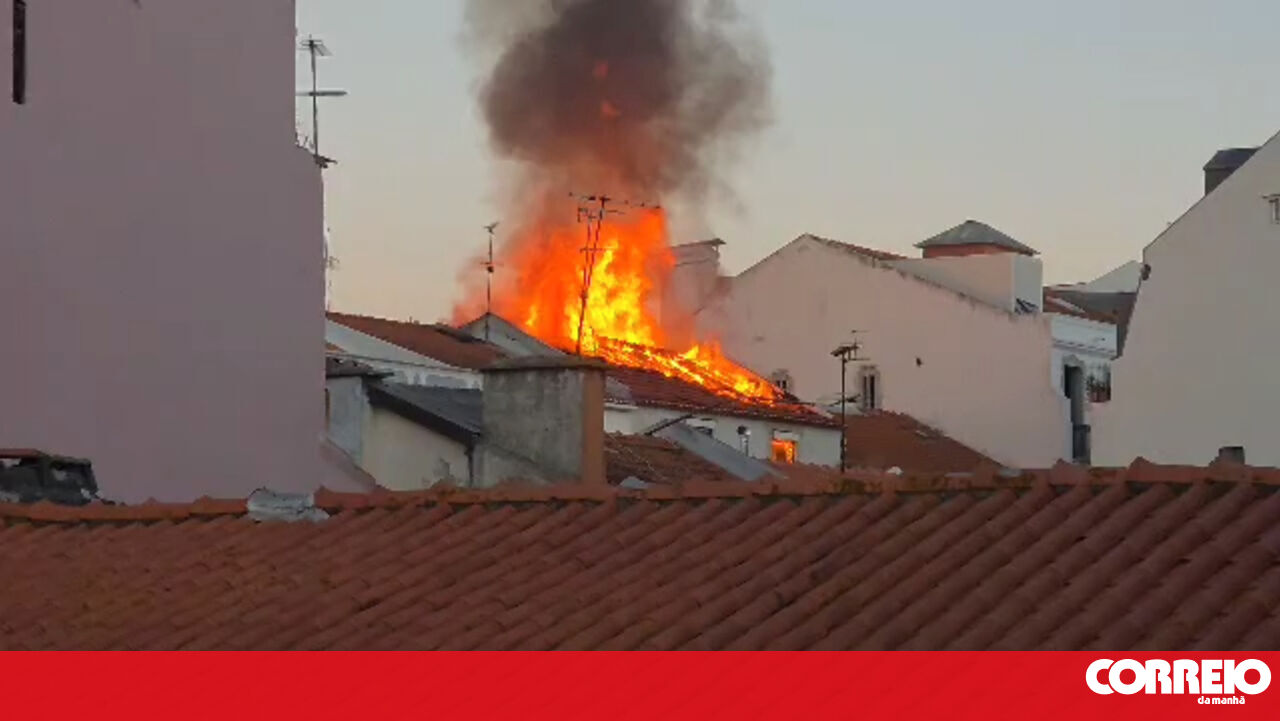




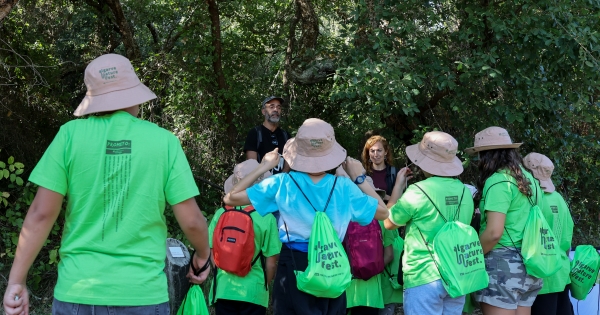






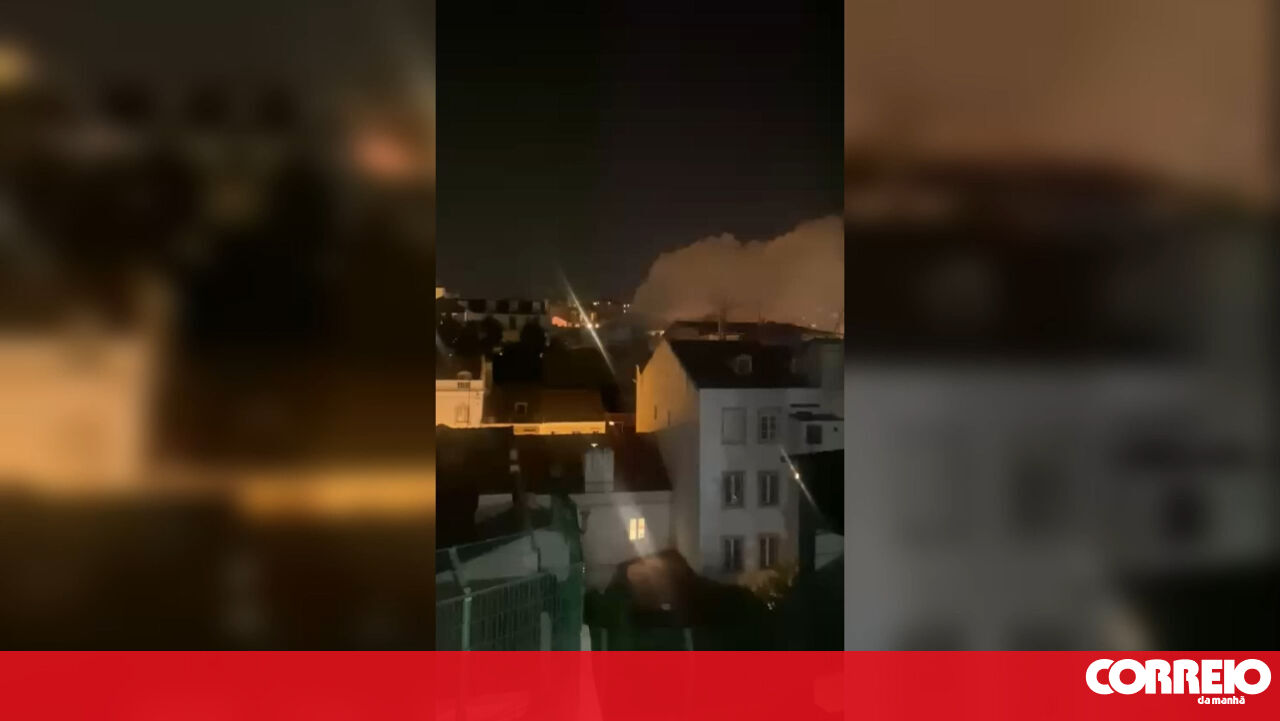

Comments
Join Our Community
Sign up to share your thoughts, engage with others, and become part of our growing community.
No comments yet
Be the first to share your thoughts and start the conversation!